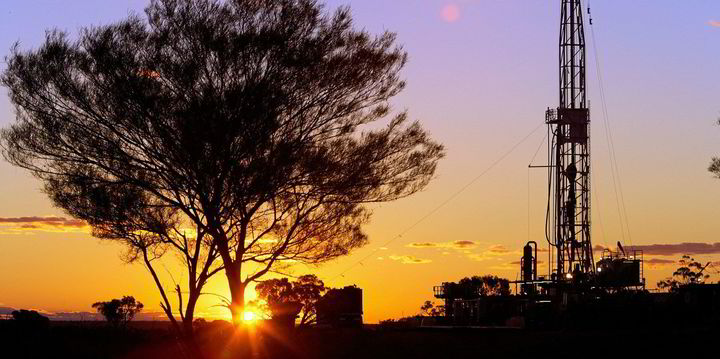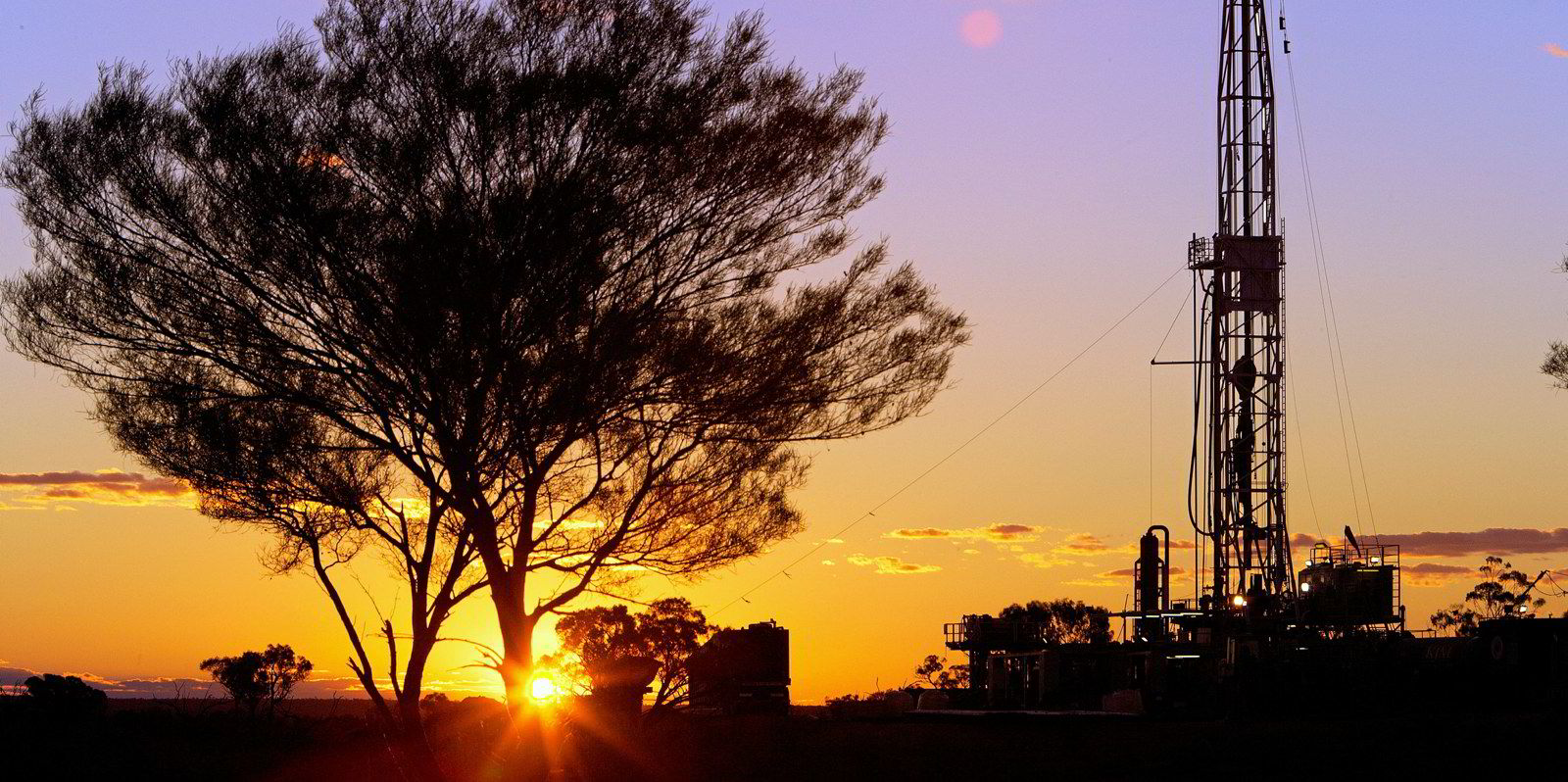Omega Oil and Gas has come up trumps with its Canyon-2 exploration well onshore Queensland, Australia, which the upbeat operator claimed could help unlock multi-trillion cubic feet of gas reserves.
The Canyon-2 wildcat intersected 293 metres of gas and associated liquids hydrocarbon shows within the Kianga formation and upper Back Creek group.
Omega said these intersections correlate with historic discoveries including Shell’s Tasmania-1 gas find. Canyon-2 is also a continuation of the Cabawin-1 oil discovery that was cased, completed and put into production from the upper part of the Kianga formation back in the 1960s.
Australian independent Omega is now preparing to run wireline logs on Canyon-2 before casing and suspending the well for future completion before hydraulic stimulation and flow testing flow testing.
“We are very excited with these results, and they are an excellent start to our basin-centred gas drilling campaign. Our pre-drill expectations for this phase were met and exceeded. In fact, preliminary analysis of the data would indicate that we have intersected a thicker gas column than initially forecast. We hope to confirm this with the results of the open hole logs,” commented Omega’s managing director Lauren Bennett.
However, estimates of the potential resource size is not yet defined, with the formation evaluation programme still in progress.
Article continues below the advert
The Kianga formation is the primary target of the ongoing exploration campaign but, after encouraging gas shows continued into the upper Back Creek group, the operator decided to deepen the well and this group now is a potential additional reservoir.
“Given the forecast gas supply shortages, finding and developing new sources of unencumbered gas is critical. Omega’s proximity to well established Queensland gas infrastructure and the clear requirement for more gas in the major population centres to feed industry, places Omega in a favourable position to build on this exploration success and the company looks forward to further de-risking a potential 3 trillion cubic feet of prospective gas resource,” added Bennett.
Commercialisation question mark
However, the operator’s initial optimism should be perhaps be tempered, according to consultant sources.
“It’s still quite early to say something definitively about the Canyon-2 well being a commercial discovery as they have yet to run the wireline logs and flow test the well. The Kianga formation, which is the primary target, has shown mixed results historically, with no commercial developments in the associated acreage despite Shell’s QGC testing with three different wells in 2011-2012,” Krishan Pal Birda, senior analyst Australasia upstream at Rystad Energy, told Upstream.
“Although there appears to be gas at these depths in the Bowen basin, the challenge lies in commercialising these resources. In Queensland, only three coal seam gas (CSG) development wells have been drilled to a depth of more than 3000 metres, and CSG development tends to be relatively high cost due to the need for drilling numerous wells, most of which are less than 1000 metres in onshore Queensland.”
After casing the Canyon-2 well, Omega will mobilise the land rig to spud the Canyon-1 exploration well, likely as early as this week.
The prognosed reservoir section in Canyon-1 is expected to be similar to that in Tasmania-1, noted Omega. Thicker and deeper reservoir sections are predicted in Canyon-1 than were intersected in the Canyon-2 well, so Canyon-1 is not currently planned to intersect the full upper Back Creek reservoir section.
“The operator reported that prospective resources include both CSG and conventional gas. This kind of mixed development is rare and currently limited to the Cooper basin [in Australia],” added Birda.
“We will know more once we see the flow test and Canyon-1 results, which will be drilled next.”
Canyon-1, which is located in an area between the Canyon-2 and Tasmania-1 wells, is expected to be completed around the end of May.

